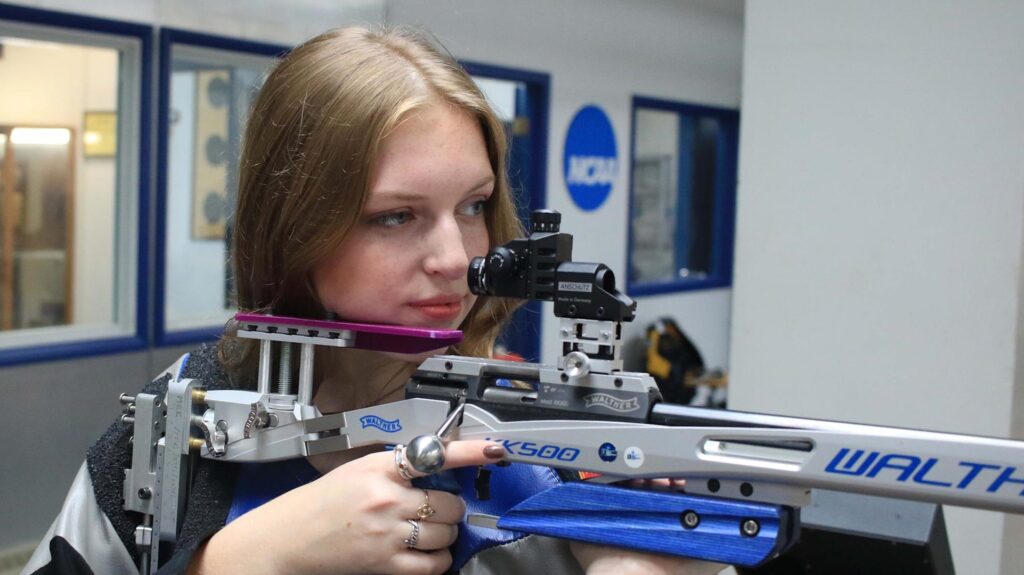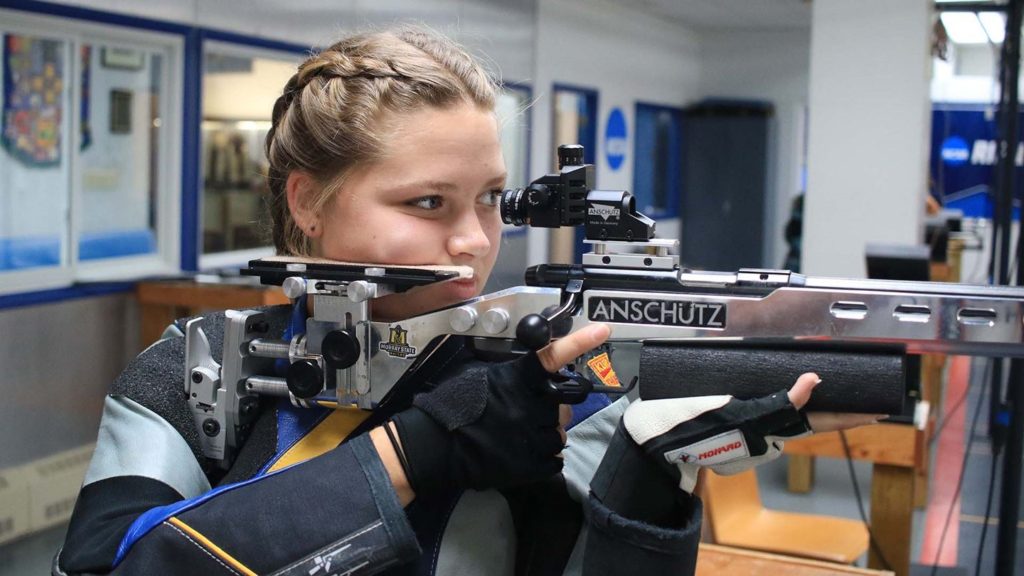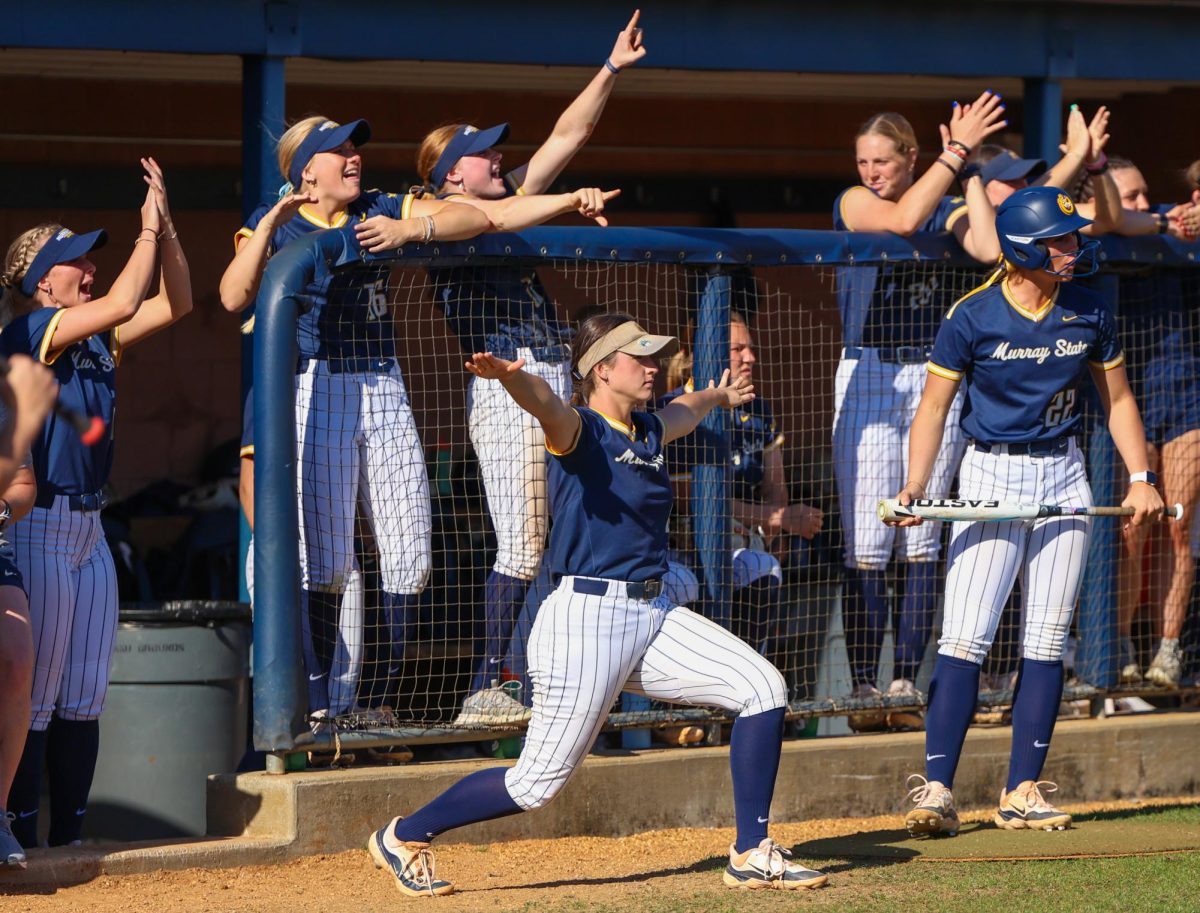Story by Elizabeth Erwin, News Editor
The Board of Regents unanimously voted to pass a revised statement regarding state performance funding during their Oct. 19 meeting.
The resolution comes after state budget bill HB 200 set aside $31 million for the Postsecondary Education Performance Fund to distribute across all public state universities and Kentucky Community and Technical College System institutions based on certain performance funding model metrics.
Out of the available $31 million, Murray State received $557,800.
“We’ve had a lot of discussion about this and there was a unanimous consensus on our board that we needed to address this in a more formal way,” Regent Jerry Rhoads said. “We have provided input in Frankfort, both to the CPE [Council on Postsecondary Education] and the legislature, communicating our position and expressing our concerns about the current model. But, we thought it would carry more weight and be a better practice for us to go ahead and draft a position statement which would be formally approved.”
The revised statement emphasized the volume-based nature of the current performance funding metrics versus the more qualitative metrics that the Board of Regents had originally advocated for in 2016.
“In 2016 when this Board issued the initial statement about performance funding… you as a Board said that you wanted a performance funding model that was based on quality and not quantity,” Jordan Smith, director of government and institutional relations, said. “And many are arguing that the model we have now is quantitative and volume based.”
The current metrics used to distribute performance funding among universities are comprised of student success, course completion and institutional support components.
The student success component makes up 35 percent of the total distribution formula and is calculated based on the amount of certain bachelor’s degrees such as STEM+H and the amount of under-represented minorities and low-income students pursuing bachelor’s degrees.
The course completion component is responsible for another 35 percent of the total distribution calculation and is based on an institution’s total number of student credit hours earned.
The institutional support component, which makes up 30 percent of the calculation, analyzes a university’s instructional and student services, enrollment of full-time equivalent students and the total square footage of facilities.
“While the Murray State University Board of Regents maintains our commitment to statewide access to postsecondary educational opportunities, the Board believes that the current performance funding model has various unintended consequences primarily relating to the major emphasis placed on volume-based metrics,” according to the revised statement passed on Oct. 19.
The statement then went on to address other consequences of the performance funding model including the “disadvantage given to institutions within the state pension system, state budget cuts, deferred maintenance issues, campus space utilization and fiscal management in the instruction and student services areas.”
During the meeting, Rhoads said other universities were likely to take similar action toward the performance funding metrics, specifically mentioning Morehead State University.
Morehead was one of two schools that received less than Murray State, the other was Kentucky State University. Both of which were appropriated $0.



































































































